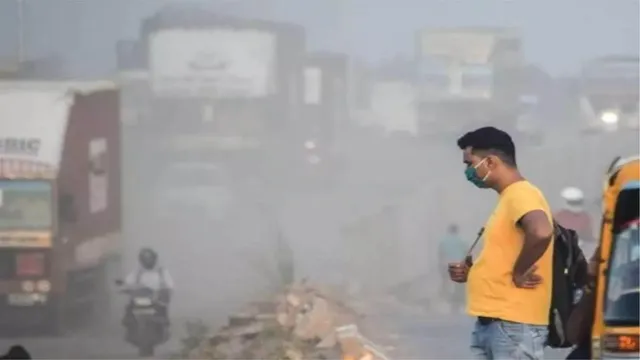- By Akansha Pandey
- Fri, 03 Oct 2025 01:08 PM (IST)
- Source:Jagran News Network
Residents of Gurugram can now access real-time air quality data again as the city's four monitoring stations have become operational after being offline for several months. Officials have confirmed that the monitors have been recalibrated and are now linked to both state and central government dashboards, providing a clear picture of the city's air quality.
This development comes after a critical period from December 2024 to April 2025, when 29 of Haryana's 31 air quality monitoring stations were non-functional due to the expiration of maintenance contracts. This statewide shutdown resulted in a "data blackout," leaving authorities and the public without accurate pollution data for nearly five months.
Current Status Across Haryana
The restoration of services is being carried out in phases across the state:
Operational Districts: Along with Gurugram, stations in districts including Faridabad, Karnal, Ambala, Bahadurgarh, Palwal, Panipat, Bhiwani, Sonipat, Jind, Nuh, and Sirsa are back on the network.
Stations Still Closed: Monitors in several key districts such as Panchkula, Ballabhgarh, Charkhi Dadri, Dharuhera, Fatehabad, Hisar, Kaithal, and Yamunanagar remain non-functional.
Gurugram Update: While the stations are online, the TERIGRAM and Vikas Sadan monitors in Gurugram are currently unable to display the Air Quality Index (AQI) due to a lack of sufficient data.
Repairs And Expert Opinion
The maintenance and repair work for the stations, which monitor pollutants like PM 2.5, PM 10, and nitrogen oxides, has been assigned to two companies, ENVEA India and Aacom.
Nirmal Kashyap, head of the Haryana State Pollution Control Board's air cell, stated that some reopened stations are facing technical issues, such as non-functional diesel generator sets, due to the prolonged shutdown. These are currently being repaired.
Environmental experts have welcomed the restart of the monitoring system ahead of the winter season, when pollution typically spikes. However, they caution that simply making the stations operational is not enough. They have called for regular inspections, third-party audits, and the continuous public release of data to ensure accountability and effectiveness. Experts also stressed the urgency of reopening the remaining stations and learning from past administrative failures.

